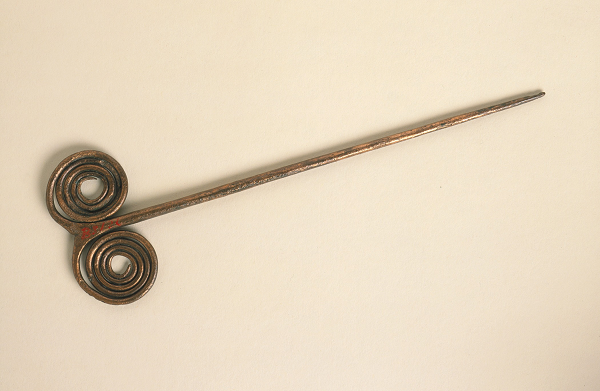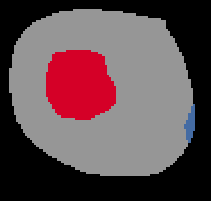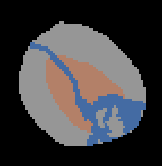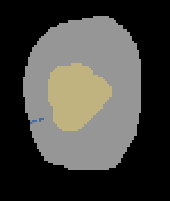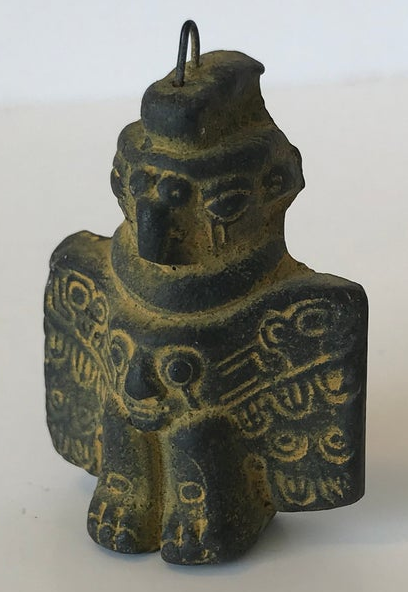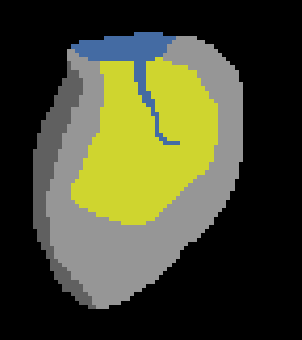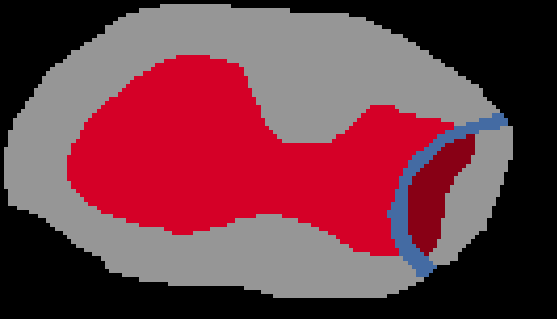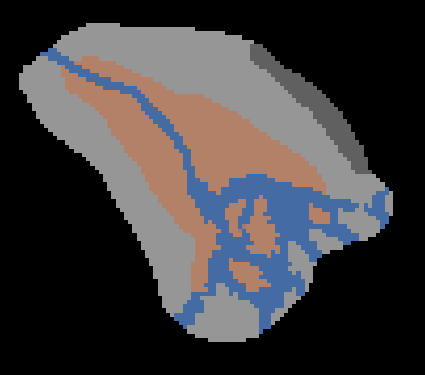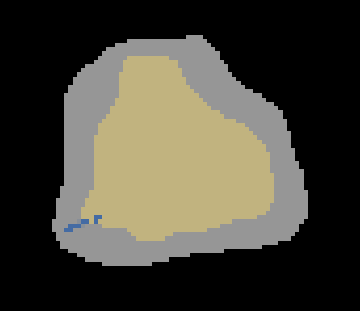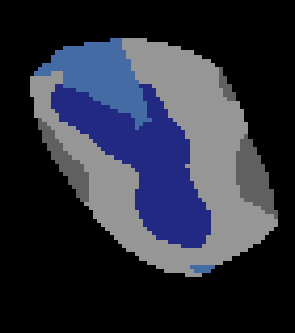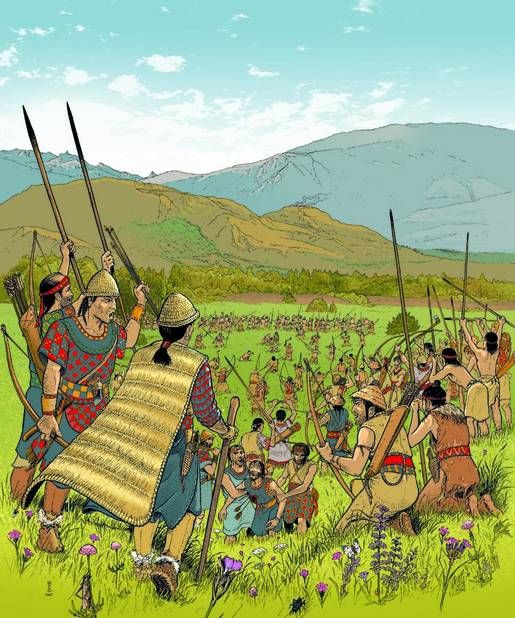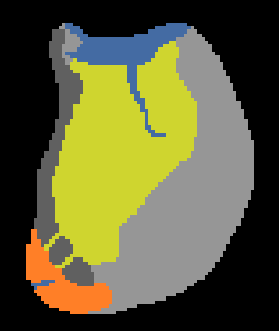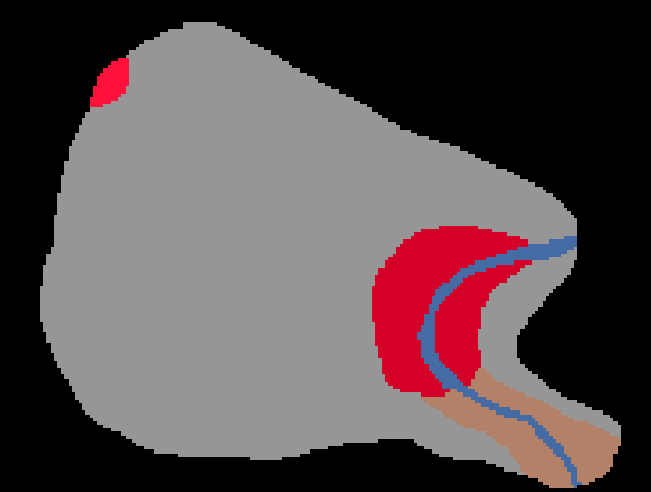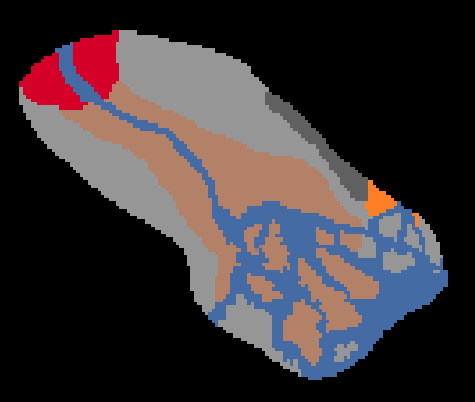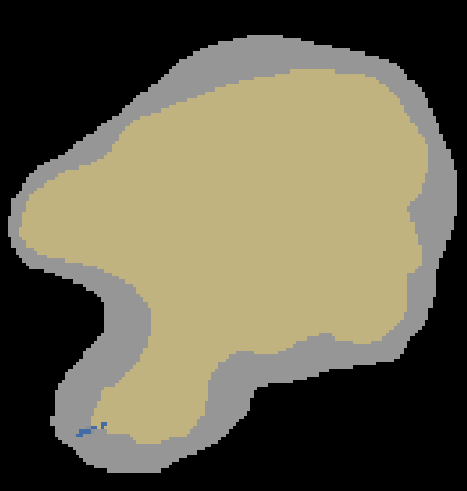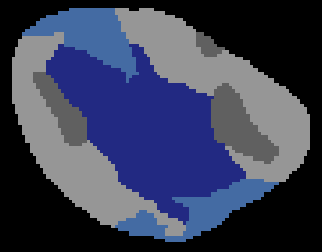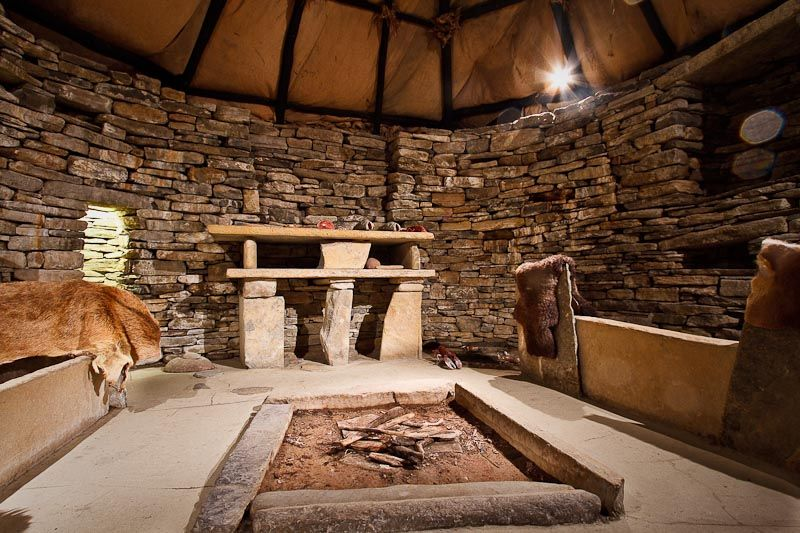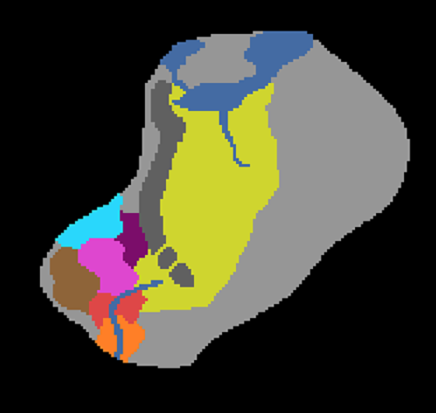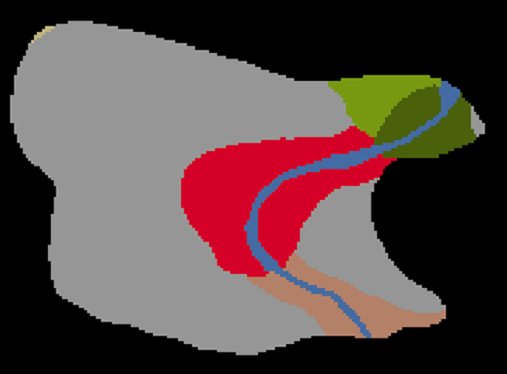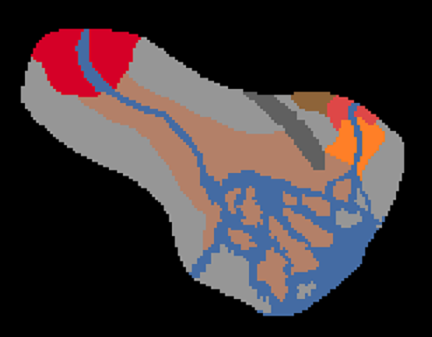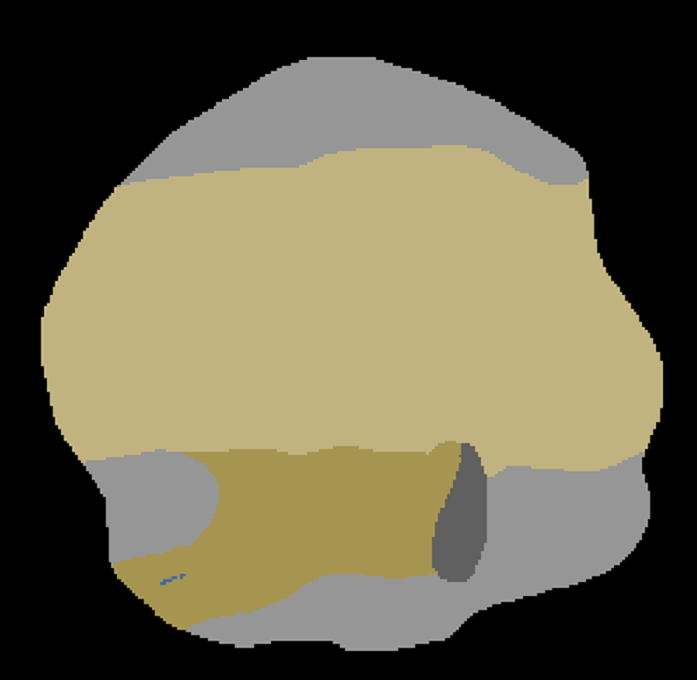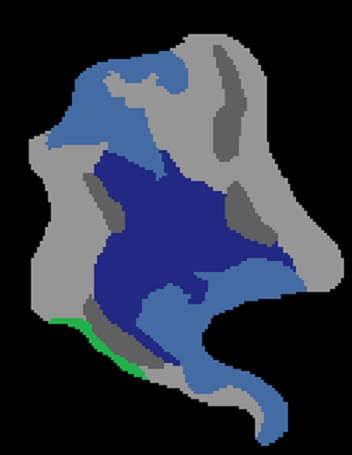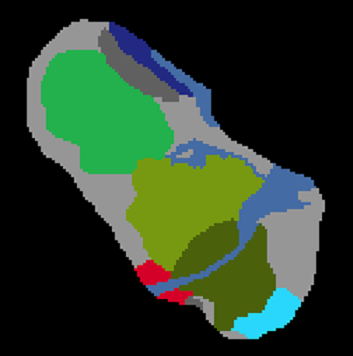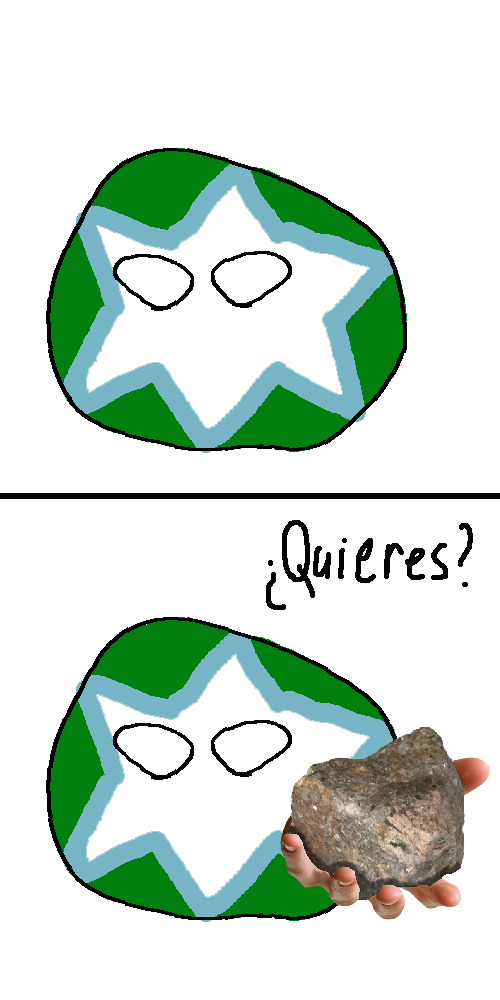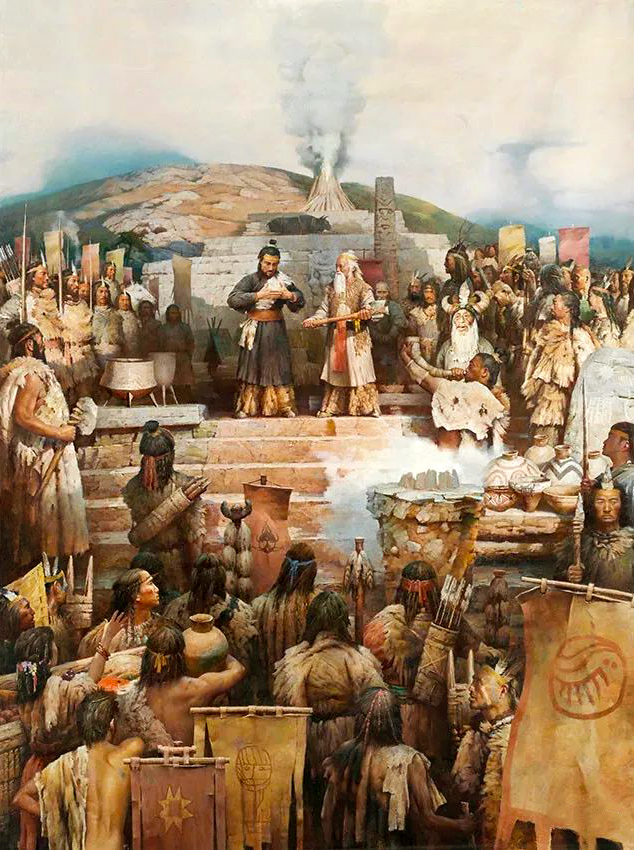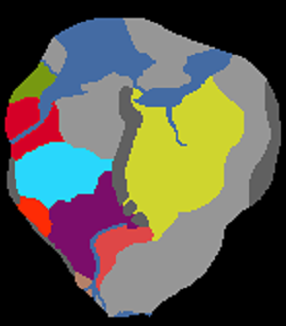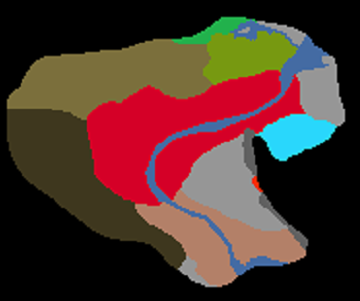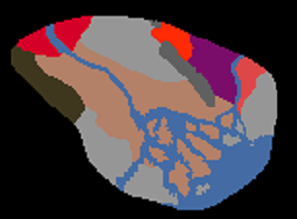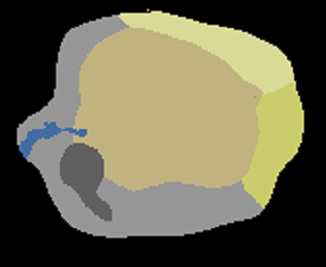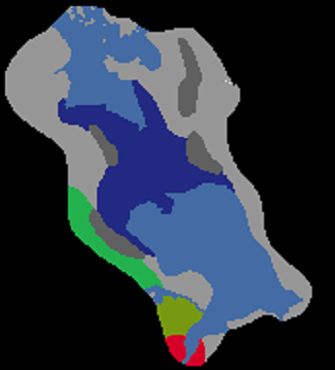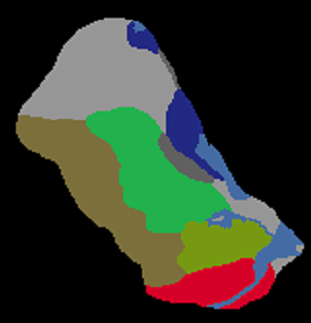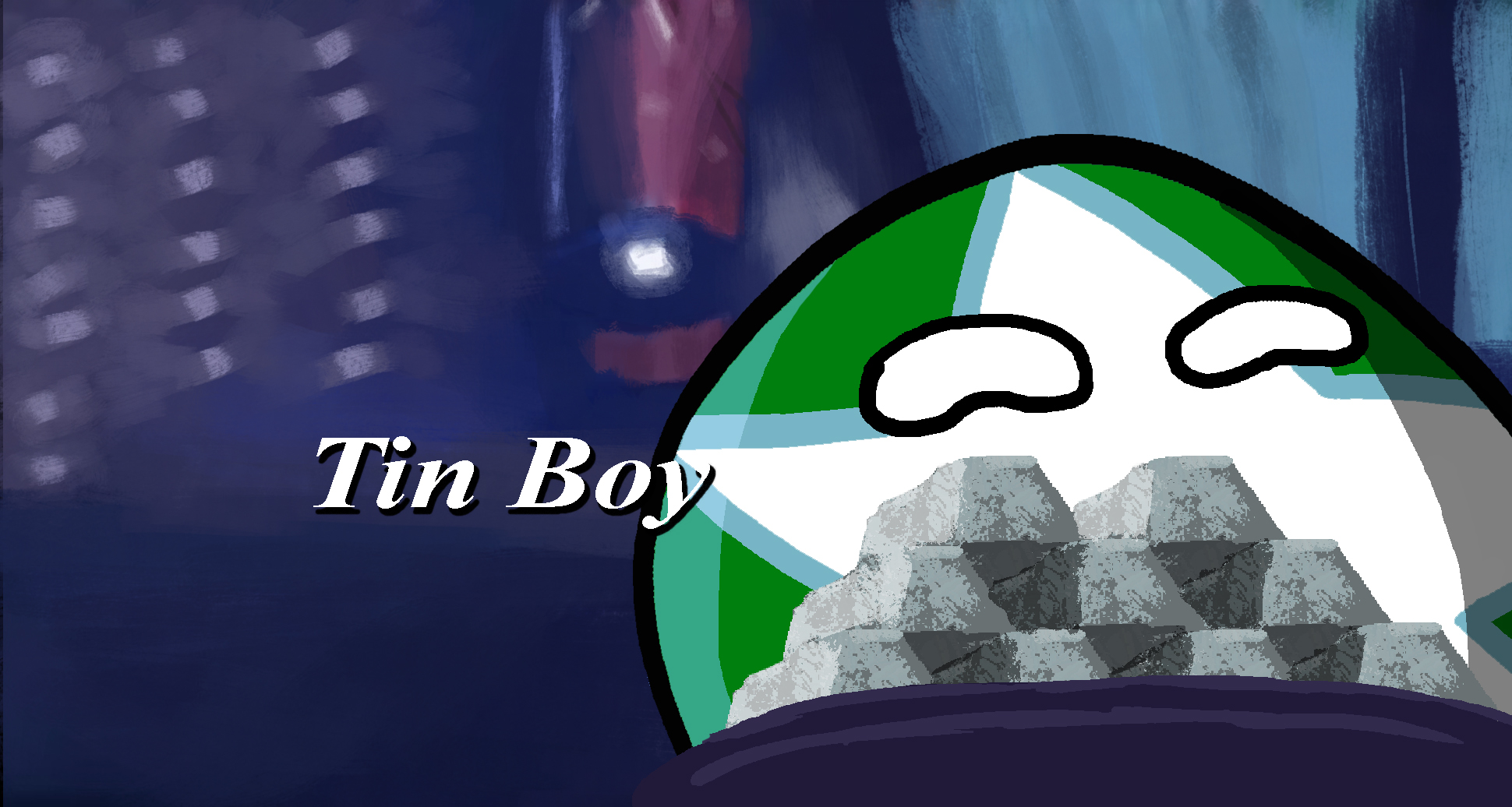Sobotnik
New Member
Awake, arise, or be for ever fall'n. - John Milton, Paradise lost.
Hello and welcome to the RP game ”The Awakening”.
A new RP game with a completely original idea is based on a world much like our own, set in a time where mankind is on the cusp of acheiving civilization. While much is similar, the continents are unexplored and the world is yet still mysterious. Mankind does not command mastery over nature, nor does it understand a great deal about the world. The road towards civilization is a difficult one, and not everyone will survive it. We begin with the appearance of the first cities.
Discord link for the RP: Join the The Awakening Discord Server!
Please send this in a pastebin or PM to me:
Flag: (250 x 150 pixels)
Name of your society: (Self-evident, but this be a collective name for your people)
Societal complexity: (Ranges from minor tribes to nascent city-states)
Material culture: (Technological complexity, ranging from paleolithic flintworking to incipent metallurgy)
Primary economy: (Hunter-gathering, agrarian, pastoral)
Culture: Write down here any cultural traits, behaviours, religion, and other flavour to your society.
The choices you make will determine your starting location. More advanced technologies and higher socioeconomic complexity will place you closer to other players and AI with a greater chance for conflict and warfare. Simpler hunter-gatherer or pastoral societies by contrast have much greater flexibility and may much more easily migrate and have less competition to deal with.
After sending in your PM, I'll place you down in the world and we can begin.



